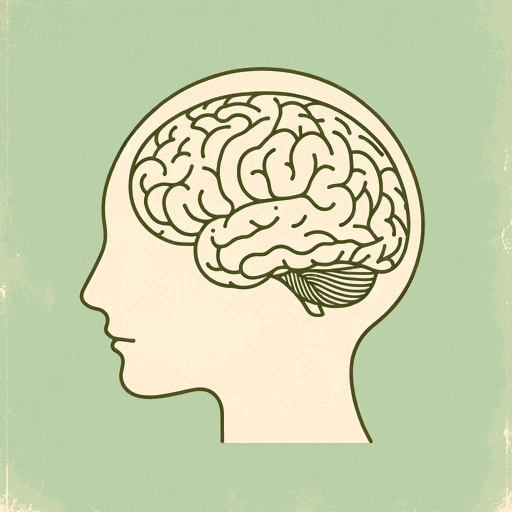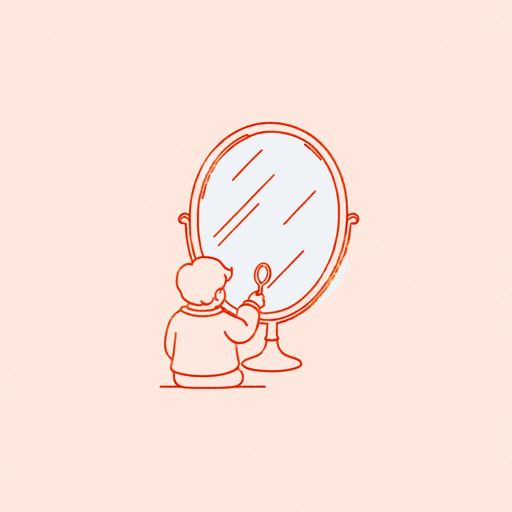62 pages • 2 hours read
Frances E. Jensen, Amy Ellis NuttThe Teenage Brain: A Neuroscientist's Survival Guide to Raising Adolescents and Young Adults
Nonfiction | Book | Adult | Published in 2014A modern alternative to SparkNotes and CliffsNotes, SuperSummary offers high-quality Study Guides with detailed chapter summaries and analysis of major themes, characters, and more.
Index of Terms
Amygdala
Part of the limbic system, the amygdala is the part of the brain responsible for processing emotions such as fear, anger, and sadness. In The Teenage Brain, Jensen reveals that the amygdala in adolescents is particularly sensitive and reactive to hormones. Consequently, the behavior of teenagers is often driven by intense emotions.
Brain Plasticity
This term describes the capacity of the brain to be molded by information and experiences. Teenagers display a high degree of brain plasticity, making adolescence an optimal time for learning. However, Jensen also explains that neuroplasticity makes teenagers more vulnerable to addiction, and hence is an important component of her theme of Supporting Healthy Brain Development During Adolescence.
Dopamine
As a brain chemical and a hormone, dopamine is central to the brain’s reward circuitry. Humans release dopamine when anticipating a pleasurable experience. Jensen explains that the sense of reward teenagers feel when dopamine is released is greater than that experienced by adults. As a result, adolescents are more likely to seek out new experiences and exhibit risky behavior in order to feel a dopamine “rush.”


